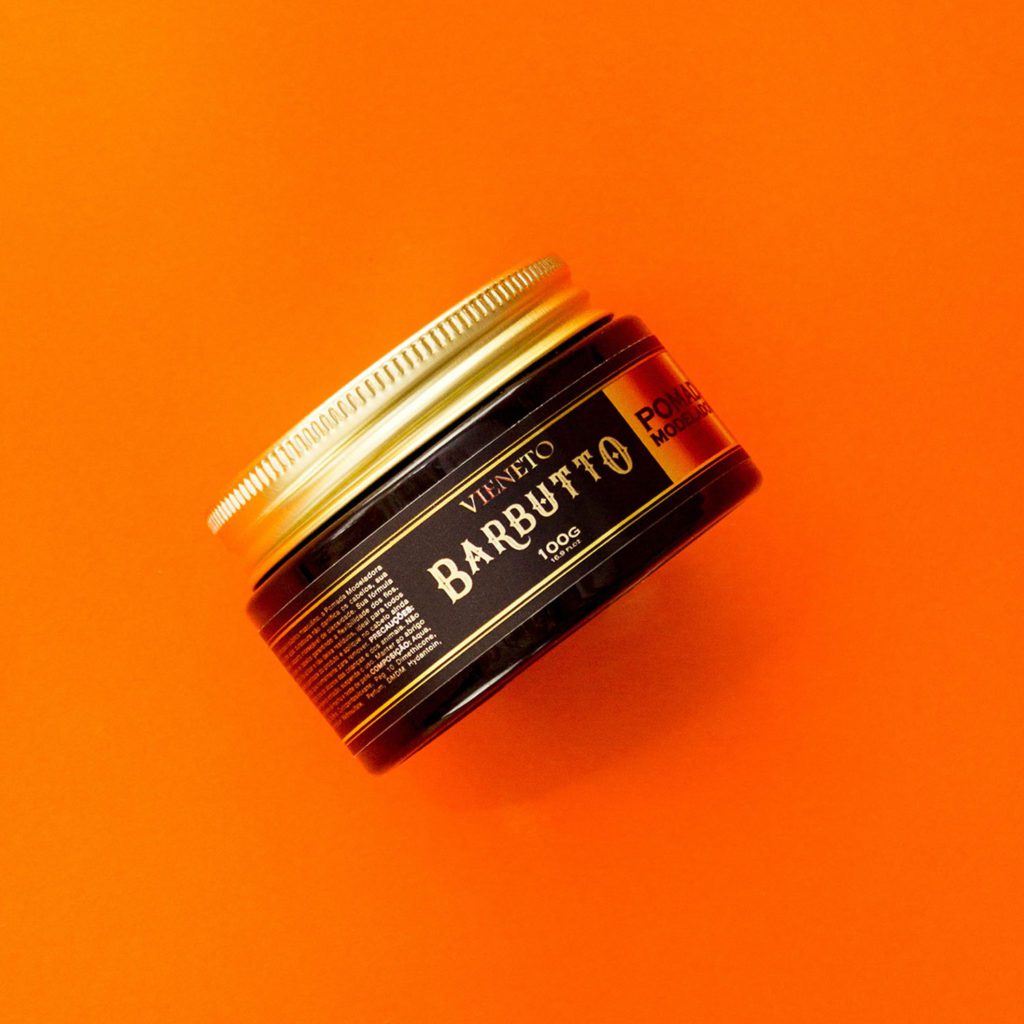
When we think about Search Engine Optimisation (SEO), Google is usually the first thing that comes to mind. However, with the rapid growth of other platforms, focusing only on Google can limit your online visibility. SEO for YouTube, Pinterest, and LinkedIn offers a unique opportunity to boost your brand presence across different digital landscapes. These platforms are not just social media sites, but powerful search engines in their own right.
As the second-largest search engine globally, YouTube has become an essential tool for digital marketers, while Pinterest offers a visually driven platform perfect for content discovery. LinkedIn, on the other hand, serves as a platform for professional networking, making it ideal for thought leadership and brand building. In this blog, we will explore strategies to optimise for YouTube, Pinterest, and LinkedIn, and show you how these platforms can complement your broader SEO strategy.
Why SEO Beyond Google Matters
The significance of Google SEO is undeniable. With billions of searches conducted every day, it remains the dominant search engine. However, diversifying your SEO efforts beyond Google is essential. Relying solely on Google’s search results can leave your business vulnerable to algorithm changes, fluctuating traffic, and increased competition.
In recent years, platforms like YouTube, Pinterest, and LinkedIn have become integral to online marketing. These platforms offer a different kind of SEO opportunity, leveraging multimedia, visual search, and professional networking, respectively. By expanding your SEO strategy to these platforms, you increase your chances of reaching a diverse audience, improving brand awareness, and driving more traffic.
Optimising for multiple platforms ensures that you are not putting all your eggs in one basket. Google may still be the most powerful tool for search, but expanding your focus allows for a more resilient and comprehensive digital marketing strategy.
YouTube SEO: Optimising for the World’s Second Largest Search Engine
YouTube is the second-largest search engine globally, and the largest video-sharing platform. Every day, millions of users turn to YouTube to find video content, ranging from educational material to entertainment. YouTube SEO is an essential aspect of digital marketing, as it allows you to increase the visibility of your videos and reach a larger audience. Let’s take a closer look at how to optimise for YouTube SEO.
1. Keyword Research for YouTube
Just like traditional SEO, YouTube SEO begins with keyword research. You need to understand what your target audience is searching for on YouTube. Use tools like Google Keyword Planner, TubeBuddy, and VidIQ to identify keywords that resonate with your audience. But remember, YouTube is a video platform, so consider the unique nature of search queries. Users often search for videos related to how-to guides, tutorials, reviews, or entertainment.
2. Optimising Video Titles, Descriptions, and Tags
The title of your video is the first thing users see when browsing YouTube, so it’s essential to include your target keyword in the title. Keep it concise, but compelling. Aim for a title that clearly conveys the video’s value and encourages clicks.
Your video description also plays a crucial role in SEO. Include your main keywords naturally within the first 100 words of the description. Use the rest of the description to elaborate on the content, providing additional context for the viewer. Furthermore, tags help YouTube understand the context of your video, so use a combination of broad and specific tags.
3. Thumbnails and Engagement Metrics
A compelling thumbnail can make all the difference in how many people click on your video. Thumbnails act as the visual hook that draws people into your content. Make sure your thumbnail is visually striking, high quality, and relevant to your video.
Engagement metrics such as likes, comments, and shares are significant ranking factors on YouTube. The more engagement your video receives, the more likely it will be recommended to other users. Encourage engagement by asking viewers to like, comment, and share your video, and always respond to comments to foster a community around your content.
4. Playlists and Video Optimization
Playlists are another powerful YouTube SEO tool. By grouping similar videos together, you not only help users discover more of your content, but you also increase your overall channel’s watch time—a critical ranking factor on YouTube. Ensure your playlists are themed, and include relevant keywords in the playlist titles and descriptions.
5. Cross-Promote on Other Platforms
To further boost your YouTube SEO, promote your videos across other platforms like Pinterest and LinkedIn. For instance, share your YouTube videos on your LinkedIn profile or create pins on Pinterest that link to your YouTube videos. The external traffic will positively impact your YouTube ranking, helping you reach new audiences.
Pinterest SEO: Boosting Visibility Through Visual Search
Pinterest is a unique platform that combines search engine capabilities with social media features. Users rely on Pinterest to discover new ideas, products, and inspiration. It functions as a visual search engine, making it an ideal platform for image and graphic-heavy content. Here’s how you can optimise for Pinterest SEO.
1. Keyword Research for Pinterest
Pinterest is heavily reliant on visual search, but keywords still play a critical role. Use Pinterest’s search bar to explore trending keywords and related searches. Pinterest’s “Trending” section can give you valuable insights into popular topics. Once you have identified the keywords, incorporate them into your pin descriptions, titles, and board names.
External resources like Ubersuggest can also help you discover keywords that are performing well on Pinterest.
2. Optimising Pins for Search
Each pin you create should be optimised for search. This means writing detailed descriptions that include relevant keywords, including both long-tail and short-tail keywords. Make sure your title is clear and concise and also optimised with the main keyword.
High-quality images are essential for Pinterest SEO. Vertical images tend to perform better than horizontal ones. Pinterest recommends using an aspect ratio of 2:3 or 1:2.1 (e.g., 1000 x 1500 pixels). Use high-resolution images that are visually appealing to grab users’ attention.
3. Boards and Categorisation
Boards are like collections of pins on Pinterest, and they serve as an organisational tool. Create boards based on different themes relevant to your niche. For example, if you’re a digital marketing expert, you might create boards titled “SEO Tips,” “Social Media Strategies,” and “Content Marketing Ideas.” Ensure your board titles and descriptions are keyword-rich, so they rank in Pinterest’s search results.
4. Engagement and Repinning
Repinning is one of the most effective ways to increase your visibility on Pinterest. The more people repin your content, the more exposure it gets. To encourage repinning, make sure your pins are valuable, relevant, and visually appealing. Engaging with other users’ content by repinning and commenting also boosts your visibility.
5. Pinterest Ads and Promoted Pins
To further amplify your presence on Pinterest, consider investing in Pinterest Ads or promoted pins. These paid options help you target specific demographics based on interests, keywords, or past activity on Pinterest. You can learn more about Pinterest advertising in detail on their official Pinterest Ads page.
LinkedIn SEO: Optimising for Professional Networking
LinkedIn is primarily a social platform for professionals, but its SEO potential should not be underestimated. Optimising your content for LinkedIn helps you increase your reach within your professional network, showcase your expertise, and establish thought leadership. Let’s break down the best practices for LinkedIn SEO.
1. Profile Optimisation
Optimising your LinkedIn profile is the first step in increasing your visibility on the platform. Start by ensuring your headline includes relevant keywords, reflecting your expertise. In the summary section, highlight your skills and experience, using specific keywords that potential connections may search for.
If you have a company page, optimise that too by including industry-specific keywords, describing your services, and linking to your website.
2. Content Sharing and Engagement
Share valuable content such as articles, blog posts, and case studies. Ensure that your posts contain relevant keywords to improve their discoverability. LinkedIn’s algorithm favours posts that generate high engagement, so aim to encourage likes, comments, and shares.
Incorporate hashtags into your posts to increase visibility. You can use up to three hashtags in each post, but be strategic about choosing the right ones. You can find popular hashtags in your industry by using LinkedIn’s search feature or exploring top influencers in your field.
3. LinkedIn Articles and Thought Leadership
Publishing long-form articles on LinkedIn is an excellent way to showcase your expertise. These articles appear in search results, both on LinkedIn and on Google, providing an opportunity to rank for relevant keywords. Write about topics that demonstrate your knowledge, and use keyword-rich titles to attract readers.
LinkedIn’s publishing platform allows you to reach a professional audience who is interested in in-depth insights, making it ideal for thought leadership. External links to your own blog or website can further drive traffic to your other content.
4. Networking and Building Connections
SEO on LinkedIn isn’t just about optimising your content; it’s about building relationships. The more connections you have, the greater your reach on the platform. Regularly engage with content posted by others in your industry to increase visibility. Also, personalise your connection requests to increase the likelihood of acceptance.
Conclusion
Optimising for SEO on YouTube, Pinterest, and LinkedIn is an essential strategy for expanding your online presence and increasing traffic. While Google remains the dominant search engine, diversifying your SEO efforts to include these platforms can significantly enhance your marketing results.
By optimising your YouTube videos, Pinterest pins, and LinkedIn profiles, you can tap into new audiences, improve engagement, and drive more traffic to your site. Don’t limit your SEO strategy to Google; take advantage of these platforms to create a comprehensive and effective digital marketing approach.
To further improve your skills in digital marketing, consider applying for our Digital Marketing Training to stay ahead of the competition.









